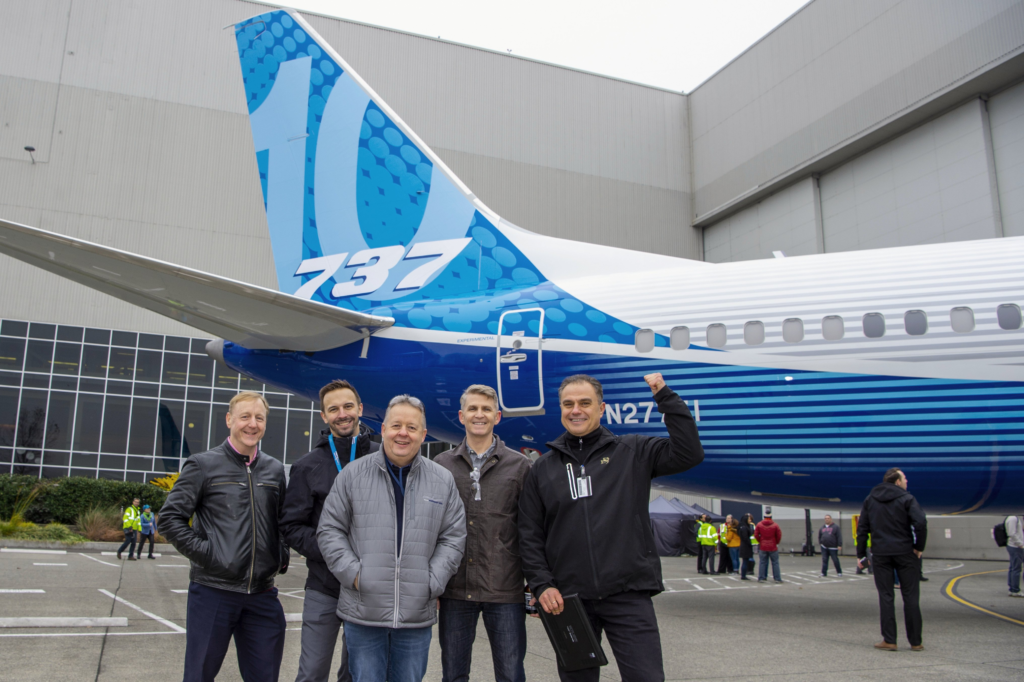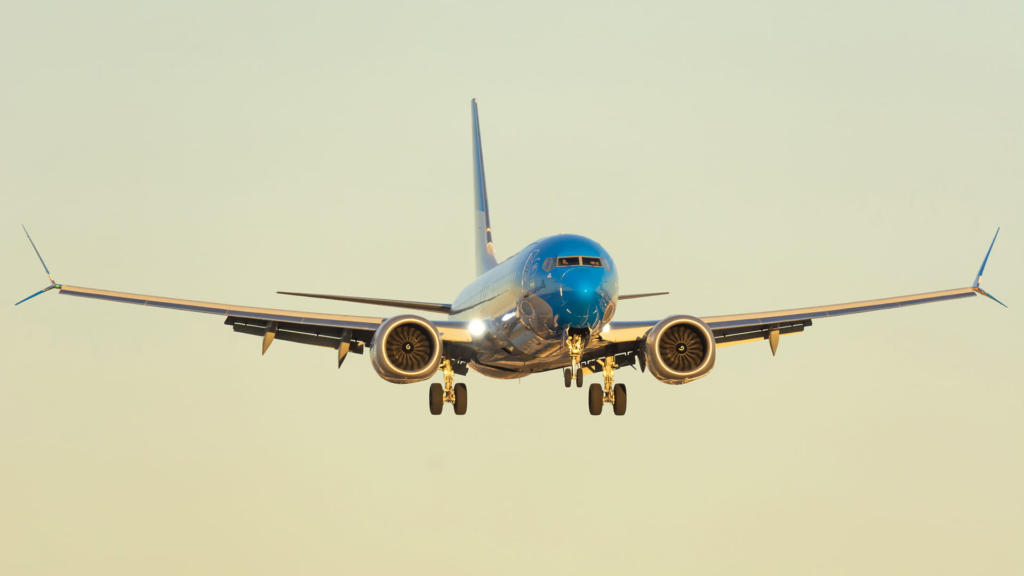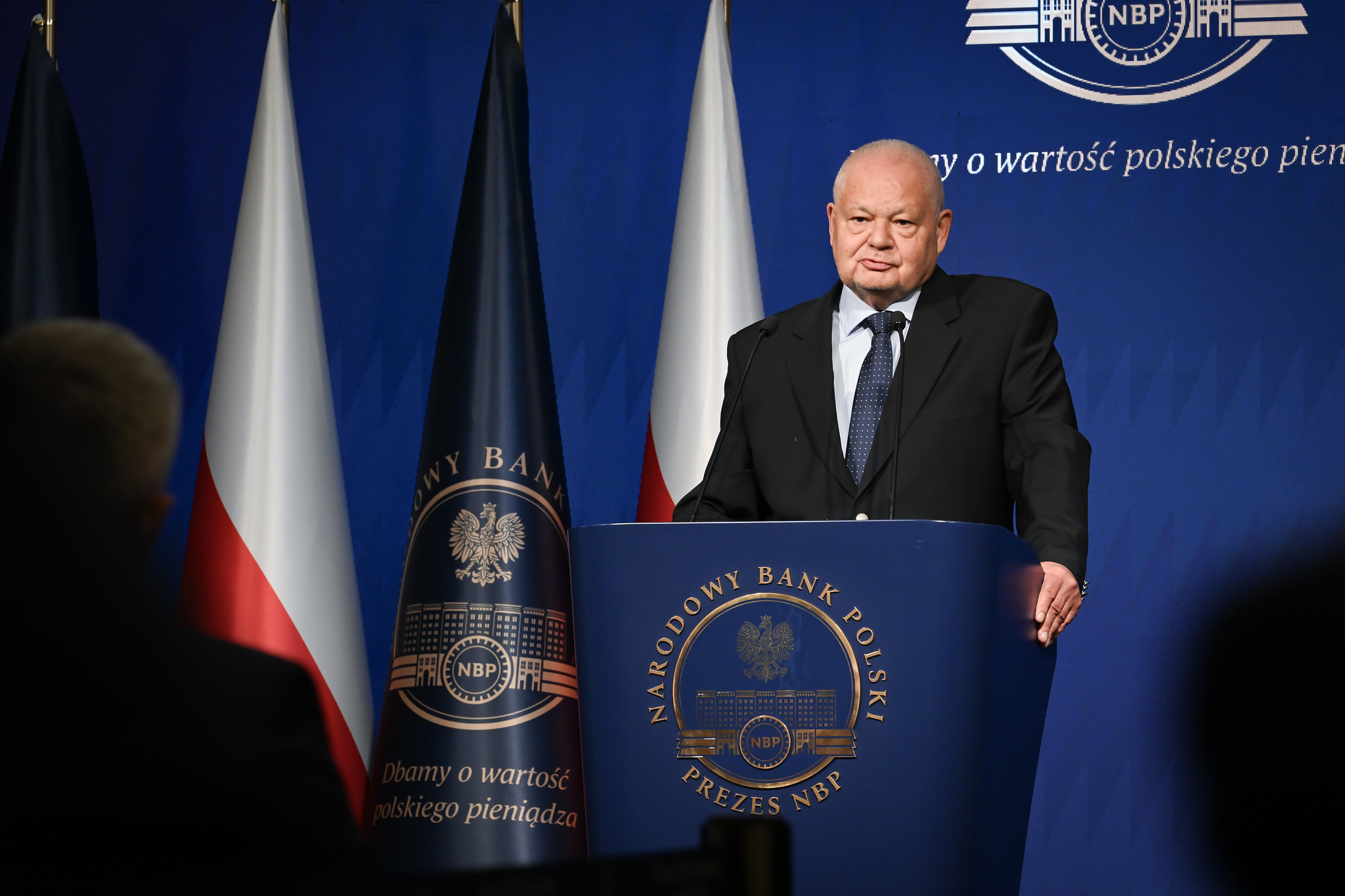
Ситтл- American Aerospace Giant Boeing возродит работу на своем культовом заводе в Эверетте, построив 737 MAX 10, самую большую модель в своей серии узкофюзеляжных самолетов 737.
Сдвиг производства от Renton (RNT) до Everett (PAE) направлен на снижение напряжения мощностей и позиционирование Boeing для будущего роста производства узкофюзеляжных самолетов. Сиэтл Таймс.
 Изображение: MAX10 Reveal.jpg - Wikimedia Commons
Изображение: MAX10 Reveal.jpg - Wikimedia CommonsBoeing 737 MAX 10 Производство
Boeing готовится создать четвертую производственную линию 737 в Эверетте, штат Вашингтон, посвятив ее исключительно 737 MAX 10.
Этот самолет, самый длинный и технически сложный в серии 737 MAX, имеет уникальные изменения конструкции, включая модифицированное удлиняемое шасси для предотвращения ударов хвостом во время наземных операций.
Объект Эверетт, который когда-то был домом для программ 747 и 787 Dreamliner, теперь получит новую миссию. Это решение было принято после того, как Boeing перевел производство 787 в Чарльстон и завершил линию 747.
Приписав 737 MAX 10 компании Everett, Boeing может продолжить сборку более распространенных вариантов 737 на своем заводе в Рентоне.
Ожидается, что новая сборочная линия будет расположена к востоку от массивной конструкции Эверетта, рядом с которой Boeing в настоящее время собирает грузовое судно 767 и военный танкер KC-46.
Прежде чем начать производство в Эверетте, Boeing должен решить свои текущие производственные ограничения в Рентоне, который ограничен 38 самолетами в месяц Федеральным управлением гражданской авиации (FAA).
Компания работает над тем, чтобы продемонстрировать регуляторам, что ее процессы безопасны и совместимы, особенно после громкого инцидента с участием Alaska Airlines (AS) 737 MAX 9.
После того, как Boeing удовлетворит требования FAA, компания планирует постепенно наращивать темпы производства Renton до 42 самолетов в месяц, а затем до 47. Ожидается, что это расширение, хотя и не связано с государственным сроком, достигнет полного темпа к 2026 году.
 Источник: Collins Aerospace
Источник: Collins AerospaceСертификационный статус MAX 10 и MAX 7
Критическим препятствием остается сертификация 737 MAX 10 и его модели 737 MAX 7. Boeing ожидает одобрения FAA для обоих самолетов к концу этого года. Без сертификации ни один из вариантов не может быть доставлен клиентам или произведен в масштабе.
Программа MAX 10 столкнулась с задержками из-за нормативного контроля и изменений в дизайне. Переместив свою сборку в Эверетт, Boeing стремится оптимизировать производство, удовлетворяя будущий спрос авиакомпаний на более длинные и более эффективные узкофюзеляжные самолеты.
Этот стратегический сдвиг также максимизирует использование обширной инфраструктуры Эверетта, ранее крупнейшего в мире места сборки самолетов.
Объект, который когда-то производил 747 самолетов-амбоджийцев, теперь будет поддерживать развивающуюся стратегию Boeing, ориентированную на гибкость и пропускную способность.
Расположение линии 737 MAX 10 рядом с линиями 777 и 767 / KC-46 позволяет Boeing оптимизировать логистику, развертывание рабочей силы и частичное перемещение по программам. Этот шаг поддерживает долгосрочные производственные цели, сохраняя при этом актуальность Everett.
Оставайтесь с нами. Следуйте за нами в социальных сетях для последних обновлений.
Присоединяйтесь к нам в Telegram Group для последних обновлений авиации. Следуйте за нами в Google News
Boeing перепроектировал 777X Ссылки, которые вызвали 4-месячную задержку
Пост Boeing Build New 737 MAX 10 на крупнейшем заводе в мире впервые появился на Aviation A2Z.















